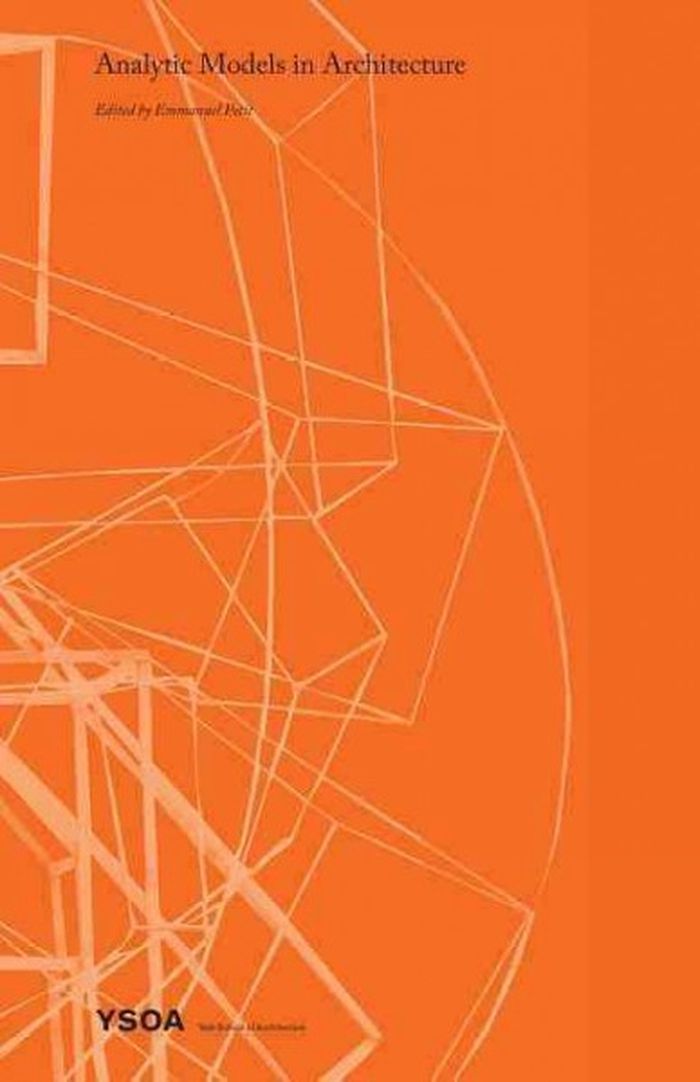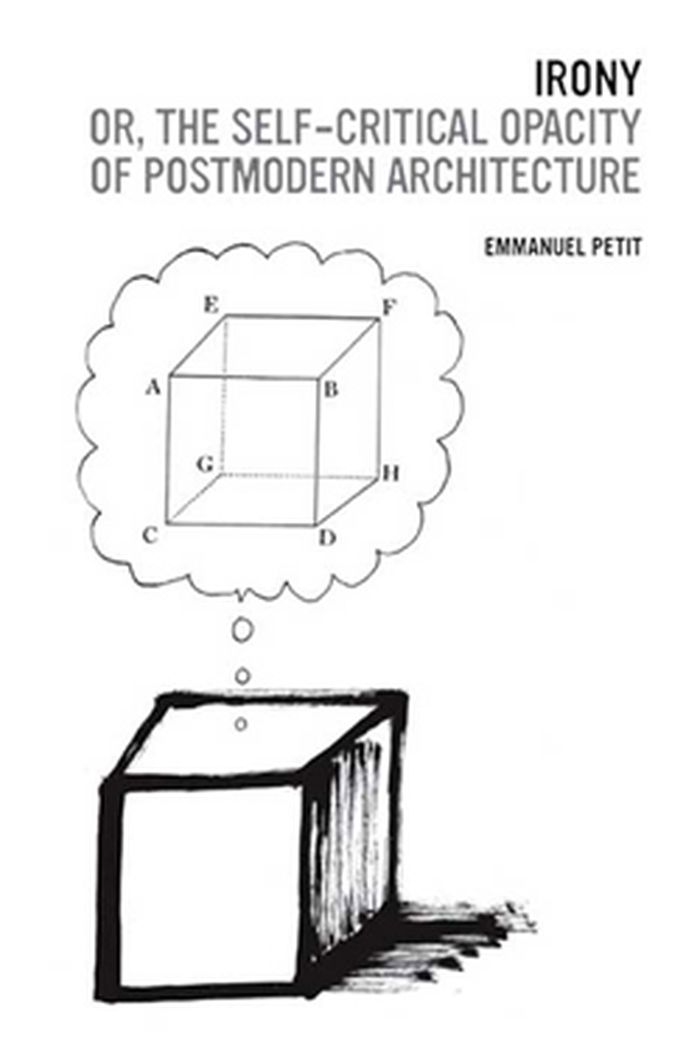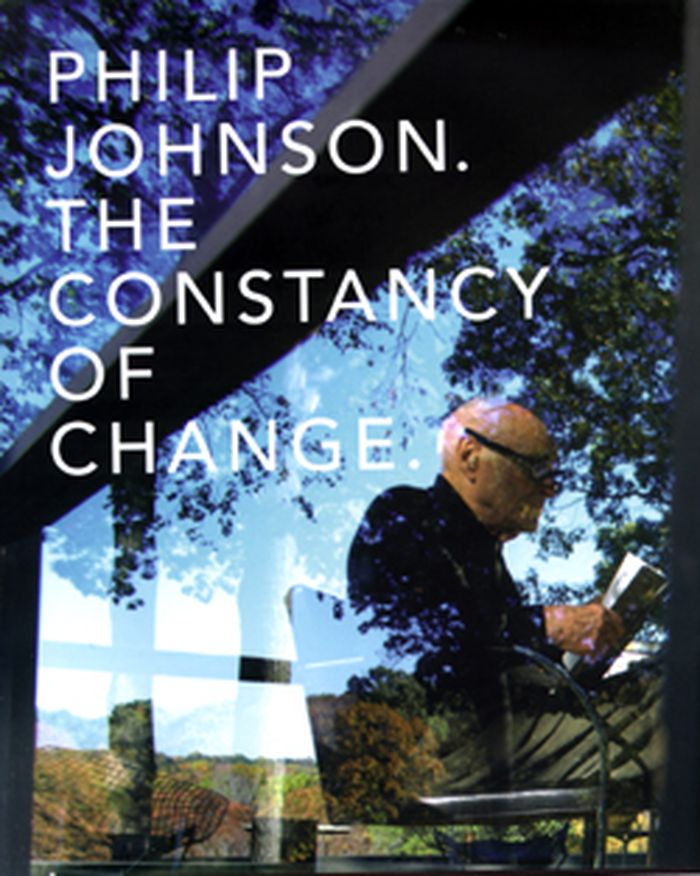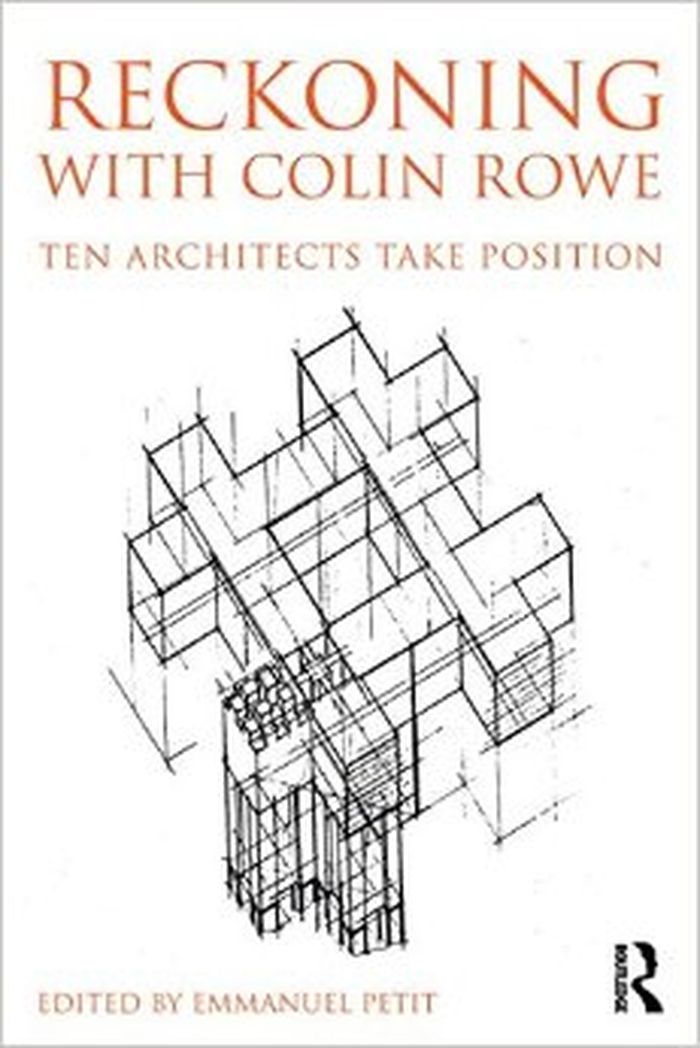$32.00
(disponible sur commande)
Résumé:
Analytic Models in Architecture documents Yale School of Architecture student work from the undergraduate studio course “The Analytic Model: Descriptive and Interpretive Systems in Architecture,” taught by Emmanuel Petit from 2005 to 2014. The projects are organized according to a set of ten conceptual categories that emphasize varying strategies of formal analysis:(...)
décembre 2015
Analytic models in architecture
Actions:
Prix:
$32.00
(disponible sur commande)
Résumé:
Analytic Models in Architecture documents Yale School of Architecture student work from the undergraduate studio course “The Analytic Model: Descriptive and Interpretive Systems in Architecture,” taught by Emmanuel Petit from 2005 to 2014. The projects are organized according to a set of ten conceptual categories that emphasize varying strategies of formal analysis: Aggregation, Cinematics, Condensation, Diagrammatics, DNA, Fluid Interlocking, Fragmentation, Morphology, Seriality, and Thickened 2-D.
$59.95
(disponible sur commande)
Résumé:
In this reassessment of postmodern architecture at the end of the twentieth century, Emmanuel Petit addresses the role of irony and finds a vitality and depth of dialectics largely ignored by historical critiques. A look at five individual architects - Peter Eisenman, Arata Isozaki, Rem Koolhaas, Stanley Tigerman, and Robert Venturi - reveals the beginning of a(...)
avril 2013
Irony : or, the self-critical opacity of postmodern architecture
Actions:
Prix:
$59.95
(disponible sur commande)
Résumé:
In this reassessment of postmodern architecture at the end of the twentieth century, Emmanuel Petit addresses the role of irony and finds a vitality and depth of dialectics largely ignored by historical critiques. A look at five individual architects - Peter Eisenman, Arata Isozaki, Rem Koolhaas, Stanley Tigerman, and Robert Venturi - reveals the beginning of a phenomenology of irony in architecture.
$63.95
(disponible en magasin)
Résumé:
This collection of texts on Philip Johnson analyzes the cultural influence of the architect beyond the half-life of his person; sixteen scholars, histrians, theorists, and practicing architects reflect on this American icon's eclectic and erudite rapport with history, his endorsement of different verions of architectural modernism, his tactical use of rhetoric and the(...)
Architecture, monographies
février 2009, New Haven / London
Philip Johnson: the constancy of change
Actions:
Prix:
$63.95
(disponible en magasin)
Résumé:
This collection of texts on Philip Johnson analyzes the cultural influence of the architect beyond the half-life of his person; sixteen scholars, histrians, theorists, and practicing architects reflect on this American icon's eclectic and erudite rapport with history, his endorsement of different verions of architectural modernism, his tactical use of rhetoric and the mass media as an architectural modus operandi, his social persona and politics of patronage, as well as his cultural and architectural legacy.
Architecture, monographies
$80.95
(disponible sur commande)
Résumé:
While the first half of the 20th century in architecture was, to a large extent, characterized by innovations in aesthetics (accompanied by succinct and polemical manifestoes), the post-war decades saw emerge a more refined and intellectual disciplinary framework that eventually metamorphosed into the highly theory-focused moment of the 'postmodern'. Colin Frederick Rowe(...)
Reckoning with Colin Rowe: ten architects take position
Actions:
Prix:
$80.95
(disponible sur commande)
Résumé:
While the first half of the 20th century in architecture was, to a large extent, characterized by innovations in aesthetics (accompanied by succinct and polemical manifestoes), the post-war decades saw emerge a more refined and intellectual disciplinary framework that eventually metamorphosed into the highly theory-focused moment of the 'postmodern'. Colin Frederick Rowe (1920 - 1999) was a leader of this epistemic shift due to his aptitude to connect his historical and philosophical erudition to the visual analysis of architecture. This book unites ten different perspectives from architects whose lives and ideas intersected with Rowe’s, including: Robert Maxwell, Anthony Vidler, Peter Eisenman, O. Mathias Ungers, Léon Krier, Rem Koolhaas, Alan Colquhoun, Robert Slutzky, Bernhard Hoesli and Bernard Tschumi.
Théorie de l’architecture



